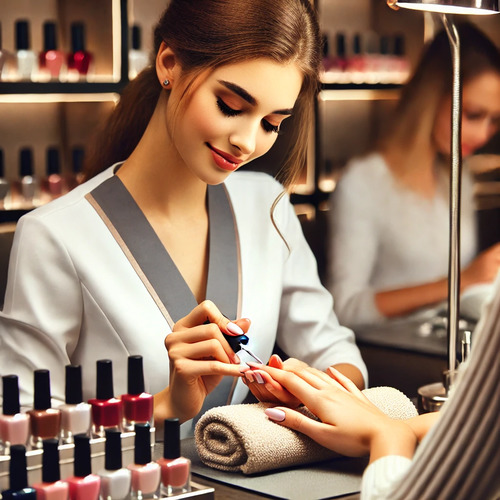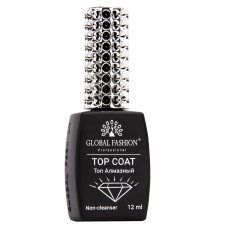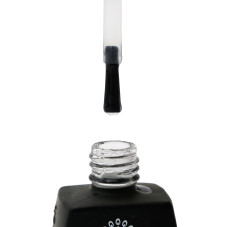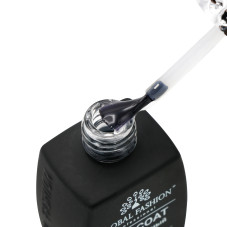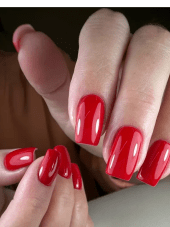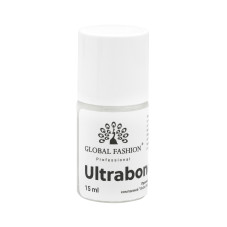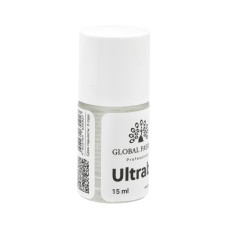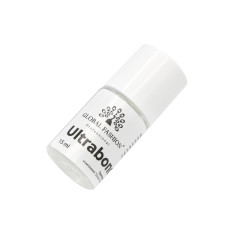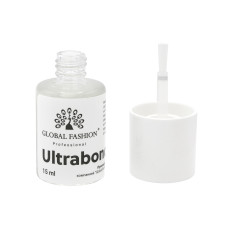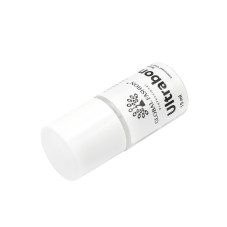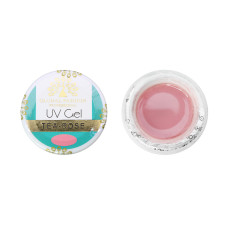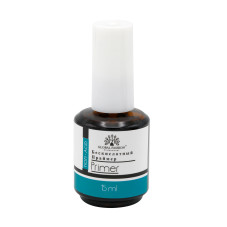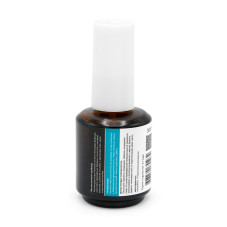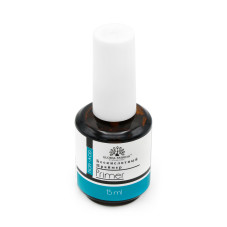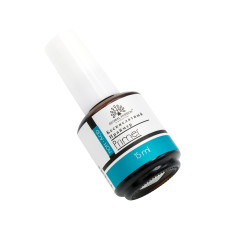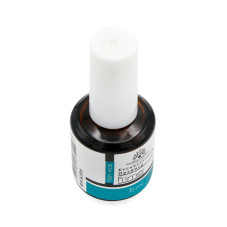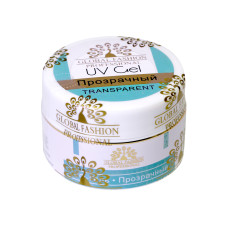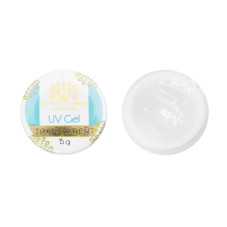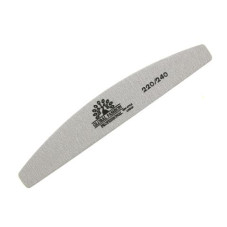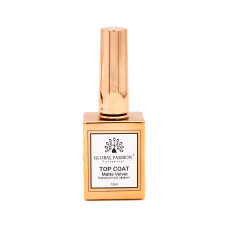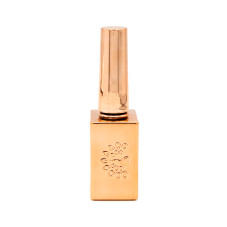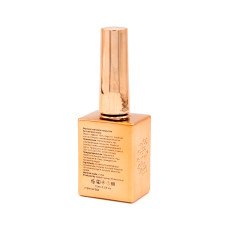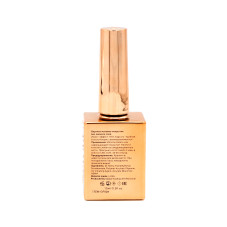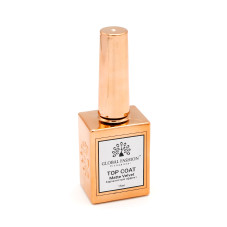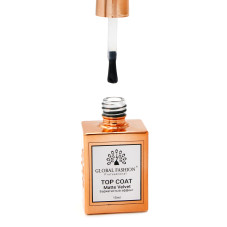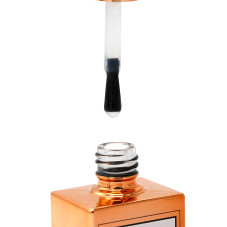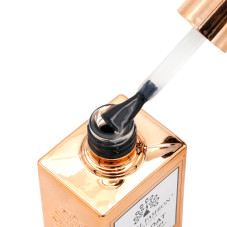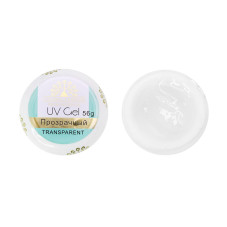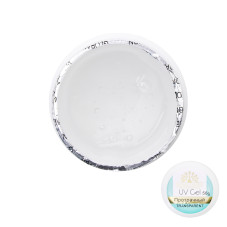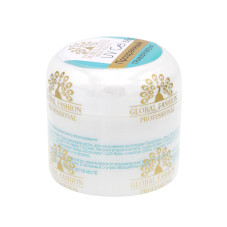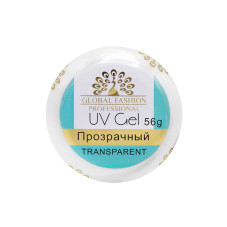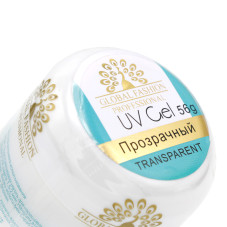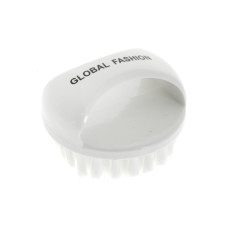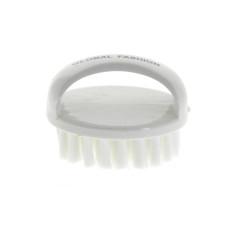What not to do before going for a manicure: 6 key things to do

The beauty of your nails directly depends on regular maintenance and visits to the manicurist. If you're used to visiting the salon every month, you already know the important principles of keeping your nails healthy.
However, there are 6 key things to avoid before a manicure to ensure your nails always look flawless and stay healthy.
However, there are 6 key things to avoid before a manicure to ensure your nails always look flawless and stay healthy.
1. Don't file your nails at home
Of course, trimming your nails a little between salon visits is a natural step, especially if you don't have time for a professional correction. Some women even prefer to remove the top layer themselves and gently file their nails to reduce their length.
However, this procedure requires a certain amount of experience, and if done incorrectly, it can damage the nail plate. In such cases, at the next visit, the manicurist may need to redo the entire manicure to restore its aesthetic appearance.
2. Do not remove old polish yourself
Removing old polish at home, especially when done incorrectly, can damage the nails. When visiting a professional is not possible, many women try to find quick solutions, but experts warn against such methods. Improper removal of polish can harm the nail plate and lead to serious consequences.
Such mistakes in nail care can damage the nails, and their restoration will require not only time but also significant costs for cosmetic procedures. Moreover, a new manicure on damaged nails will last much less, and in some cases, you may have to forgo manicures for an extended period.
To maintain nail health and avoid long-term problems, it is recommended to always consult professionals who will provide safe and high-quality care.
3. Do not trim the cuticle
Improper cuticle removal is one of the most common and serious mistakes, often pointed out by experienced nail technicians. Only a qualified specialist can carefully and safely remove the cuticle without damaging the delicate skin around the nail.
Improperly performed procedures can lead to cuts, abrasions, or bruises. In such cases, even if the damage is addressed by an experienced professional, the skin will need additional protection from water and household chemicals for a few days to prevent infections and irritation.
4. Do not treat problem areas on your own
If you notice any issues with your nails, skin on your fingers, or around them, it is extremely important not to try to solve these problems on your own but to consult a qualified specialist—mycologist or dermatologist.
Sometimes women come to a salon wanting to hide existing problems with decorative polish. However, a responsible technician will always advise seeking medical attention to get an accurate diagnosis and the necessary treatment to avoid worsening the condition of the nails and skin.
Sometimes women come to a salon wanting to hide existing problems with decorative polish. However, a responsible technician will always advise seeking medical attention to get an accurate diagnosis and the necessary treatment to avoid worsening the condition of the nails and skin.
5. Do not use nail oils
Proper care for your nails and skin is important, but you should be especially careful on the day of your manicure. Special oils and creams can interfere with nail polish application and affect the quality of the technician's work, particularly when handling the cuticles.
It is best to ask your technician to avoid using these products during the procedure and to apply them only after the manicure is complete. A light hand massage with cream or oil after the manicure will not only moisturize the skin but also make the result even more striking.
It is best to ask your technician to avoid using these products during the procedure and to apply them only after the manicure is complete. A light hand massage with cream or oil after the manicure will not only moisturize the skin but also make the result even more striking.
6. Do not attempt to remove anything from under your nails
If you carefully use an orange stick between manicure sessions, your nail technician will surely appreciate this approach. However, avoid trying to push the stick under the nail.
There is a thin layer of skin under the nail bed that serves a protective function, preventing infections and aiding in the restoration of the nail plate.
Damaging this area can be extremely painful, and healing will take a long time. If you need to clean this area, it's better to use a soft toothbrush, but it's important to act gently and not overdo it.
There is a thin layer of skin under the nail bed that serves a protective function, preventing infections and aiding in the restoration of the nail plate.
Damaging this area can be extremely painful, and healing will take a long time. If you need to clean this area, it's better to use a soft toothbrush, but it's important to act gently and not overdo it.
Published: 04.02.2025 18:35
Times Read: 1344
7703 bought
ID: 3678
120 MDL
2501 bought
ID: 3650
80 MDL
1202 bought
ID: 2003
80 MDL
1298 bought
ID: 3658
130 MDL
